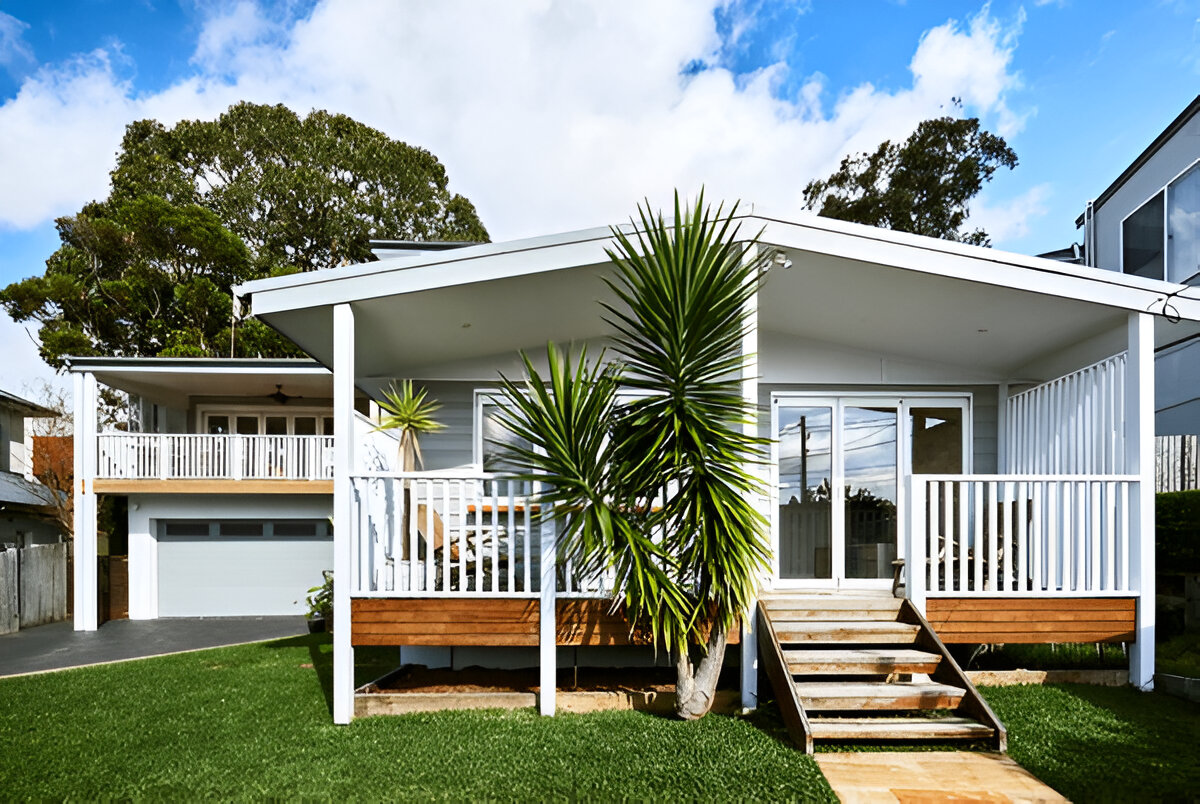Have you ever thought about adding a second living space to your existing home? Maybe you’ve heard about people constructing granny flats in their back gardens, or perhaps you’ve seen a relative convert their garage into a separate rental unit. These extra dwellings, often known as granny flats or dual occupancies, are becoming an increasingly popular choice across Australia for anyone looking to expand their property investment portfolio. They offer a unique way to maximise space, increase long-term returns, and support multi-generational living, all in one go.
In this post, we’ll explore everything you need to know about second dwelling investment. We’ll break down what exactly a second dwelling is and highlight common misconceptions. We’ll also dive into how building a granny flat or dual occupancy property can enhance your rental yields, boost your overall property value, and strengthen your position as an investor. Along the way, we’ll discuss regulations, tax obligations, and financing options that apply here in Australia.
What Is a Second Dwelling?
A second dwelling is exactly what it sounds like—another habitable space built on your existing property. While some second dwellings are attached to the main house, many are freestanding units often referred to as granny flats. What differentiates a second dwelling from a simple extension is the level of independence it provides. It should stand on its own, offering everything a small home requires to be liveable, such as a kitchen, bathroom, living area, and at least one bedroom.
Defining Granny Flats and Dual Occupancies
Granny flats are self-contained, smaller living units. They can be perfect for elderly family members, young adults transitioning out of the main home, or tenants looking for private but cosy accommodation. Dual occupancies, on the other hand, often involve two distinct dwellings on the same lot—sometimes side by side, sometimes layered (one above the other), or even separate but sharing a common wall. The key is that both dwellings remain on the same title, saving on costs like land tax while still offering two places to live or rent out.
Typical Australian Regulations and Requirements
Australia’s planning regulations vary depending on the state, and even suburbs within the same state can have slightly different rules. Common requirements involve meeting minimum block sizes, setback distances, and fire-safety standards. Councils typically limit the size of a granny flat relative to the main dwelling. Many councils also require that the granny flat be located on the same title as the primary dwelling, meaning you can’t easily split it onto a separate title for resale.
Common Misconceptions
One common misconception is that granny flats cannot be rented out, but in many parts of Australia, that’s simply untrue. If your council regulations allow it, you’re free to rent out your second dwelling to whomever you wish. Another misconception is that building a second dwelling automatically means extra council rates and taxes. While you might pay higher utilities or rates, the increases aren’t always as steep as people fear. Lastly, some folks assume it’s either all or nothing with second dwellings, but there’s a range of designs, building materials, and budgets to accommodate different needs.
Are Granny Flats a Good Investment?
This question looms large for many homeowners. Are granny flats a good investment, or are they just an expensive upgrade? Plenty of Australians have found real success by putting a granny flat on their property. The appeal lies in the flexibility: you can use it as a rental, accommodation for family, or even a home office.
Potential Rental Yields
Rental yields for granny flats can be surprisingly attractive. Even though they’re smaller spaces, they often rent for a decent portion of what a two-bedroom unit might fetch in the same suburb. Because you don’t have to buy separate land, you effectively keep your investment overheads lower, making the rent you gather a lovely supplementary income. This can also support faster mortgage repayments, which in turn builds your overall equity.
Boosting Overall Property Value
A second dwelling can elevate the perceived value of your existing home. Prospective buyers—especially families or investors—might be prepared to pay extra for a property that has a built-in income stream. From a valuation standpoint, an additional independent living space means more versatility. Extra bedrooms, kitchens, and separate entrances go a long way in the property market, as they create opportunities for multi-generational living or rental potential.
Long-Term ROI Projections
When you look at the big picture, granny flats often provide an excellent return on investment over the long term. Not only do they add tangible value, but they can also pay for themselves through rental payments. And once you decide to sell, you have a significant advantage over properties that lack this secondary income stream. Of course, every market experiences ebbs and flows, so it’s best to research local demand for rentals and consult with industry experts if you’re unsure of your suburb’s potential.
Conclusion:
Building a second dwelling is often a straightforward and rewarding way to grow your property investment portfolio. By taking advantage of the land you already own, you can add a new, income-producing space that appeals to a wide range of tenants and future buyers. This extra living area could serve as a granny flat for ageing relatives, provide a home office, or become a reliable rental. With a bit of careful planning and research, you can turn what was once unused backyard space into a valuable asset that boosts your property’s overall profitability.
Ultimately, second dwelling investment property work best when approached pragmatically, with thorough planning and a clear understanding of local rules. If you take the final leap and build your granny flat, remember that your new living space could be more than just an extension—it could be the start of a more robust, diversified investment strategy. The bottom line is: With the right approach, a second dwelling can help you achieve both financial security and flexibility in the years to come.



0 comments :
Post a Comment